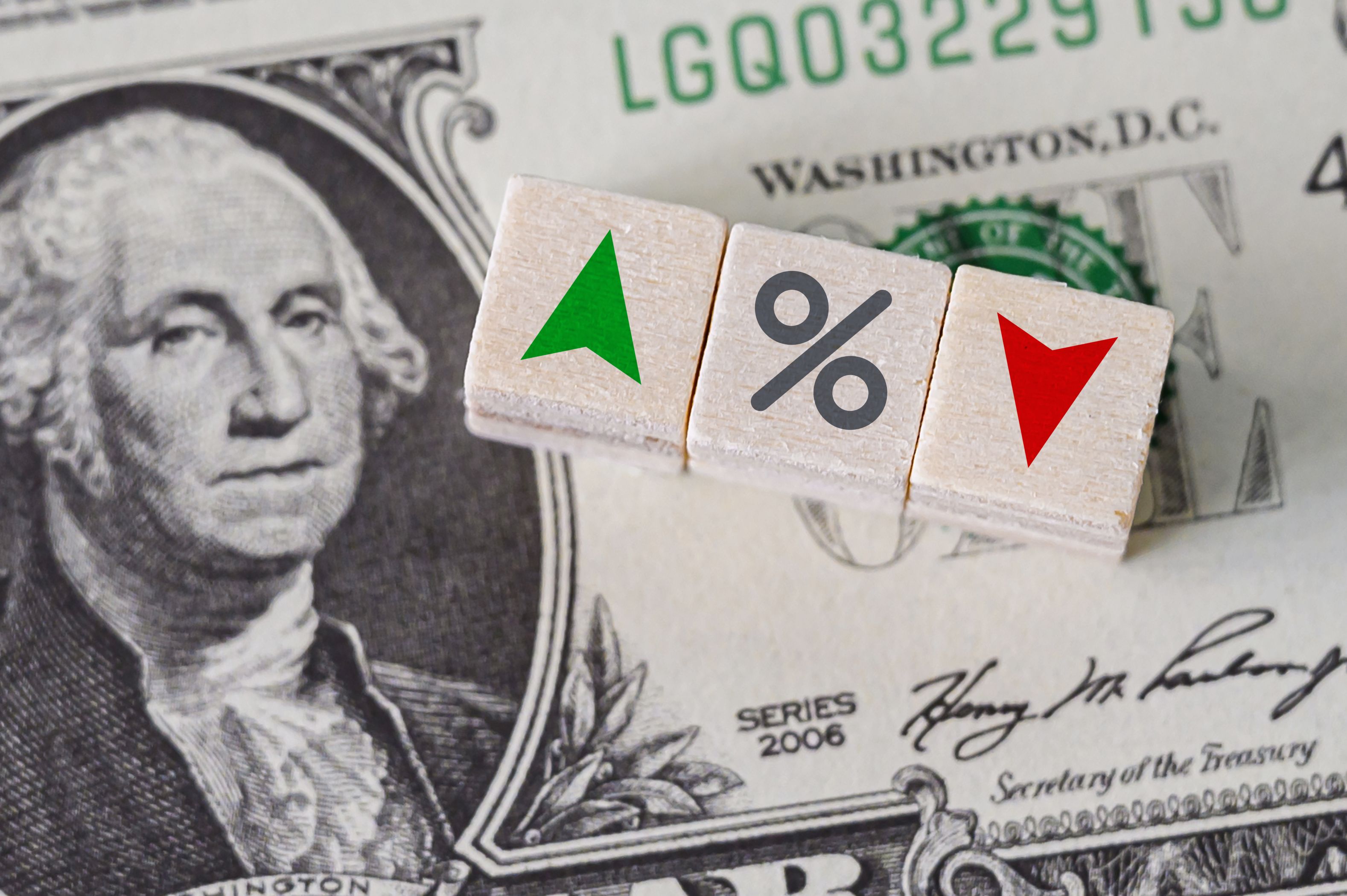The listed infrastructure sector has been performing very well with most companies posting a 10-15% growth rate in US dollar terms year-to-date. But this strong performance is also a reason for investors to be wary of the asset class as the valuations are becoming too rich and there are better opportunities elsewhere.
“We need to be careful because markets like this tend to get ahead of themselves sometimes. We’re quite happy with the performance of the sector but we’re now a bit more cautious on the overall outlook after the markets have had such a strong rally particularly in the US,” warns Matthias Meyer, head of Liquid Real Estate Assets of Asia and Europe at Deutsche Asset Management (DAM).
Meyer’s cautiousness stems from the growing weakness of the US dollar, which means the liquid real estate assets that have been performing well are non-US dollar denominated assets like euro assets. Prospects for an interest rate hike are also making certain subsectors of listed real estate relatively unattractive in the long-term.
The three main drivers that have been pushing the performance of the listed infrastructure sector are strong earnings growth, strong global demand from investors, and the need for diversification.'
“The asset class has been showing stable and consistent EBITDA (earnings before interest, tax, depreciation, and amortization) growth for the last 15 years every year no matter the economic cycle. But now with a lot of markets approaching levels that are not so cheap anymore, the valuation is quite rich,” Meyer says.
Also, global demand for the asset class remains strong because many investors are seeking asset classes that can sustain their performance even in volatile markets and as they seek to diversify their portfolios. This means the valuations, while already at relatively high levels, are expected to continue rising thus making them unsustainable in the long term.
“There has been a valuation gap. In some of the companies, there are good reasons why they perform very well. But after such a strong run, we as fiduciary manager for our clients, we try not only to capture the upside of the performance but also to protect long-term capital. It’s a sector we still like but our overweight in the sector have been going down in the last few months just because there are other more attractive opportunities elsewhere,” Meyer says.
The subsectors that DAM are overweight in are telecommunications companies and transport companies.
In telecommunications, DAM is overweight in mobile tower companies because they have a simple business model, are cash flow rich, pay a good dividend and generate income for investors. Tower companies are also expected to benefit directly as the mobile telecom industry transitions from 4G to 5G in the coming years.’
“Most of their gross cash flow is actually net revenue because it’s a tower of steel and, unless it falls over, there’s very little maintenance cost,” Meyer says.
In transportation, DAM is overweight in companies that invest inairports, toll roads and railways and reducing their holdings in utility companies which are sensitive to interest rate hikes. We started the interest rate tightening cycle in the US over a year ago. We still like the business model of companies like electricity networks. But from the valuations standpoint, given the potential change in interest rates, we are a little bit more cautious. I’m not saying we don’t like these companies. The earnings growth is fair but from a relative perspective the valuation is not in line with where it should be.









